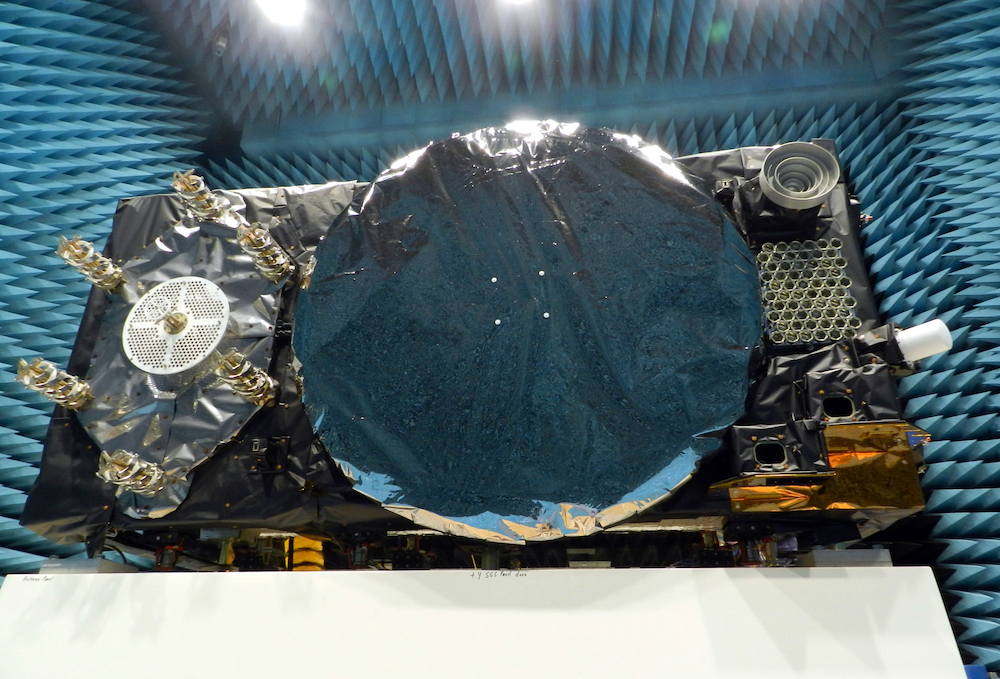ESA has completed the first-ever, end-to-end testing of the Galileo system, demonstrating acquisition of an improved version of the Public Regulated Service (PRS) signal.
ESA calls the Galileo PRS the most secure and robust class of Galileo services. It is an encrypted navigation and timing service for governmental authorized users and sensitive applications and is designed to remain available even in scenarios where other Galileo services might be degraded, deliberately or otherwise.
The testing campaign involved three key facilities: the Galileo Security Monitoring Center in Spain, the Galileo Control Center in Germany and ESA’s European Space Research and Technology Centre (ESTEC) in the Netherlands.
Up to now, an initial version of the PRS signal has been broadcast by orbiting Galileo satellites, but next year will see the official launch of the ‘Full Operational Capability Public Regulated Service’ (FOC PRS). The PRS has been defined in a close collaborative effort by European Commission, the European Union Agency for the Space Program (EUSPA) and the EU Member States.
FOC PRS is being enabled by an expansion of the Galileo ground segment, entailing an important upgrade of the Galileo Security Monitoring Centers (GSMCs) in St. Germain-en-Laye, France, and Madrid, Spain. The two sites will oversee PRS provision and monitor its performance. The GSMC upgrade is being undertaken by an industrial consortium led by Thales Alenia Space in France. Meanwhile, the progressive deployment of remote system infrastructure is continuing over the course of 2022, preparing Galileo sensor stations to receive the upgraded PRS signal.
In a recent ESA communication, Federico Di Marco, the Agency’s System Compatibility Test Campaign (SCTC) Test Director said end-to-end test successfully demonstrated the compatibility of the FOC PRS space segment with ground and user segments. The SCTC involved months of preparation and the cooperation of many Galileo key players spread across Europe.
A step-by-step run through
An ESA engineering team from ESTEC led the SCTC, supported by the System Engineering Technical Assistance industrial team led by Thales Alenia Space in Italy and by the operations team supervised by EUSPA.
The FOC PRS signal, generated at the GSMC in Madrid was sent to the Control Centre in Oberpfaffenhofen, Germany, and was then uplinked to a Galileo satellite set up for the test at ESTEC. The satellite then broadcast the FOC PRS signal, which was picked by a pair of receivers also on site at ESTEC, one developed by Antwerp Space under ESA contract and the other developed by Leonardo.
The Leonardo receiver was developed under a national program for Italy’s Competent PRS Authority, charged with overseeing the country’s PRS use. ESA’s Fabio Covello, who oversees Galileo system security, said it was the first time a nationally-developed receiver had been integrated within a system test activity.
The successful outcome sets the scene for PRS qualification at ground segment and system levels, followed by operational validation planned in the coming months, to be followed by the first FOC PRS signal in space operational broadcast in 2023.






